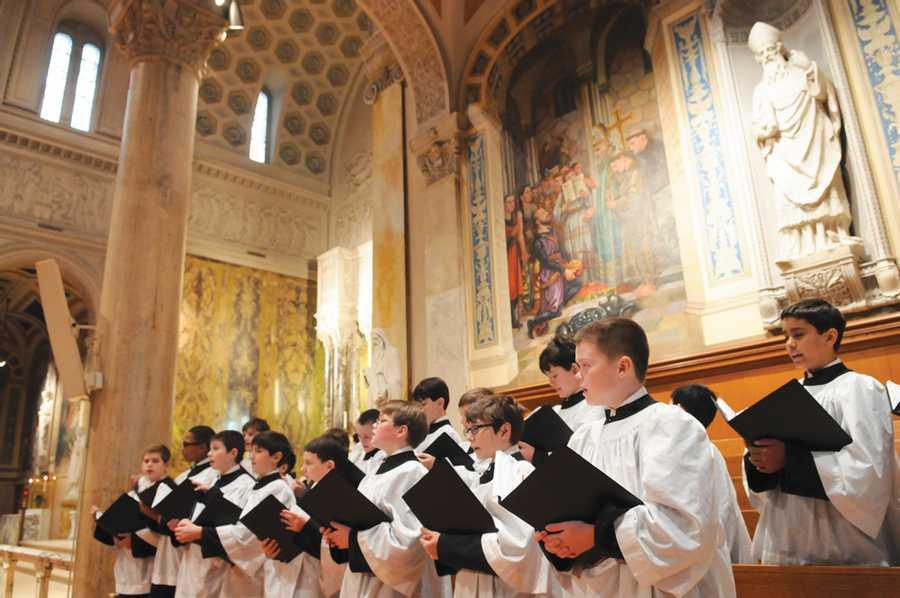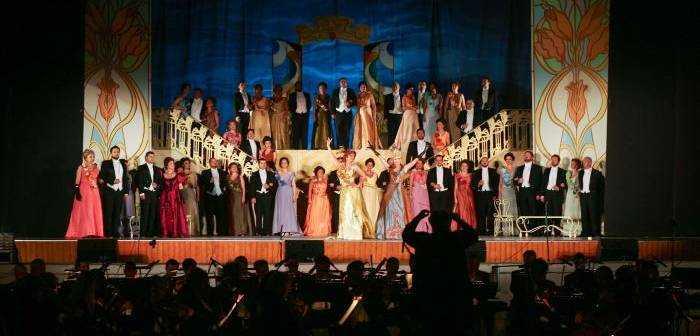Learn more about personaldevelopment with this collection
How to apply new knowledge in everyday life
Why continuous learning is important
How to find and evaluate sources of knowledge
Cantata
Cantata comes from the Italian word cantare, which means "to sing." It originated in the early 17th-century, but, as with any musical form, it has evolved through the years.
At the very beginning, cantatas referred to a music piece that is meant to be sung. Loosely defined today, a cantata is a vocal work with multiple movements and instrumental accompaniment; it can be based on either a secular or sacred subject.
23
242 reads
Chamber Music
Originally, chamber music referred to a type of classical music that was performed in a small space such as a house or a palace room. The number of instruments used was few and without a conductor to guide the musicians.
Today, chamber music is performed very similarly in terms of the size of the venue and the number of instruments used.
23
126 reads
Choral Music
Choral music refers to music which is sung by a choir. Each musical part is sung by two or more voices.
The size of a choir varies; it can be as few as a dozen singers or as large as to be able to sing Gustav Mahler's Symphony No. 8 in E Flat Major, also known as Symphony of a Thousand.
22
112 reads
Dance Suite
The suite is a type of instrumental dance music that emerged during the Renaissance and was further developed during the Baroque Period.
It consists of several movements or short pieces in the same key and functions as dance music or dinner music during social gatherings.
22
120 reads
Fugue
The fugue is a type of polyphonic composition or compositional technique based on a principal theme (subject) and melodic lines (counterpoint) that imitate the principal theme.
The fugue is believed to have developed from the canon which appeared during the 13th century.
22
81 reads
Liturgical Music
Also known as church music, it is music performed during worship or a religious rite. It evolved from the music performed in Jewish synagogues.
In its early form, singers were accompanied by an organ, then by the 12th-century liturgical music adapted a polyphonic style.
22
94 reads
Motet
Motet emerged in Paris around the year 1200. It is a type of polyphonic vocal music which uses rhythm patterns.
Early motets were both sacred and secular; touching on subjects like love, politics and religion. It flourished until the 1700s and today is still being used by the Catholic Church.
24
69 reads
Opera
An opera is generally referred to as a stage presentation or work that combines music, costumes, and scenery to tell a story. Most operas are sung, with few or no spoken lines.
The word "opera" is actually a shortened word for the term "opera in musica".
22
67 reads
Plainchant (Plainsong)
It is a form of medieval church music that involves chanting; it emerged around 100 C.E.
Plainchant does not use any instrumental accompaniment. Instead, it uses words that are sung. It was the only type of music allowed in Christian churches early on.
22
71 reads
Polyphony
Polyphony is a characteristic of Western music.
It began when singers started improvising with parallel melodies, with emphasis on fourth (ex. C to F) and fifth (ex. C to G) intervals. This marked the start of polyphony wherein several musical lines were combined.
As singers continued experimenting with melodies, polyphony became more elaborate and complex.
22
60 reads
Round
A round is a vocal piece wherein different voices sing the same melody, at the same pitch, but the lines are successively sung.
An early example of a round is Sumer is icumen in, a piece that is also an example of a six-voice polyphony. The children's song Row, Row, Row Your Boat is another example of a round.
22
63 reads
Symphony
A symphony often has 3 to 4 movements. The beginning is moderately fast, the next section is slow followed by a minuet, and then a very fast conclusion.
Symphonies had its roots from Baroque sinfonias, but composers like Haydn (known as "The Father of the Symphony") and Beethoven (whose popular work includes the "Ninth Symphony") further developed and influenced this music form.
22
73 reads
CURATED BY
More like this
Read & Learn
20x Faster
without
deepstash
with
deepstash
with
deepstash
Access to 200,000+ ideas
—
Access to the mobile app
—
Unlimited idea saving & library
—
—
Unlimited history
—
—
Unlimited listening to ideas
—
—
Downloading & offline access
—
—
Personalized recommendations
—
—
Supercharge your mind with one idea per day
Enter your email and spend 1 minute every day to learn something new.
I agree to receive email updates





